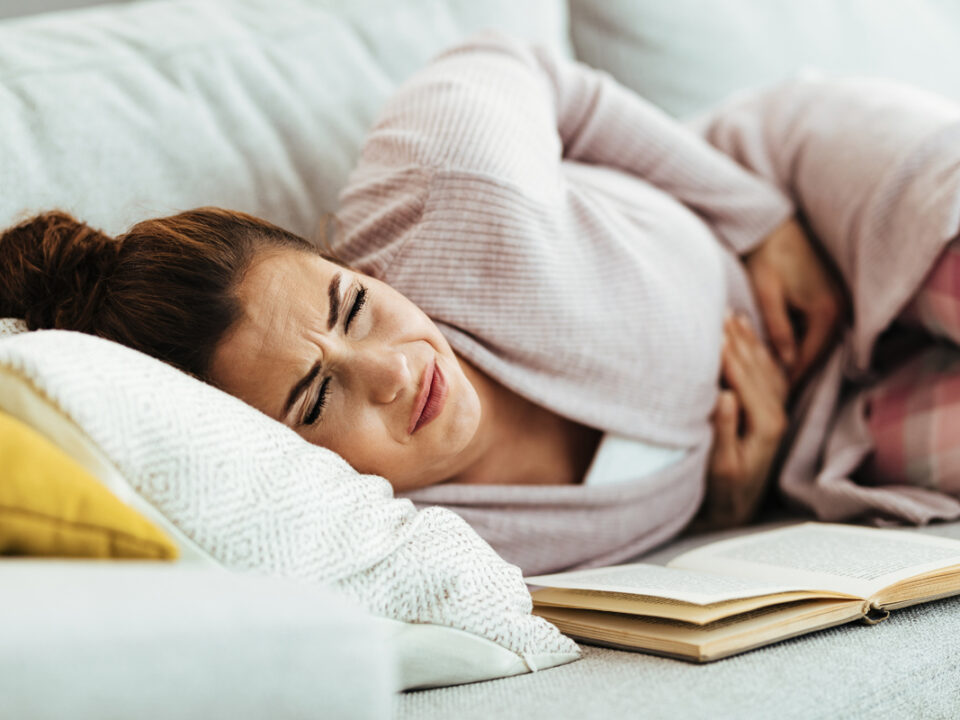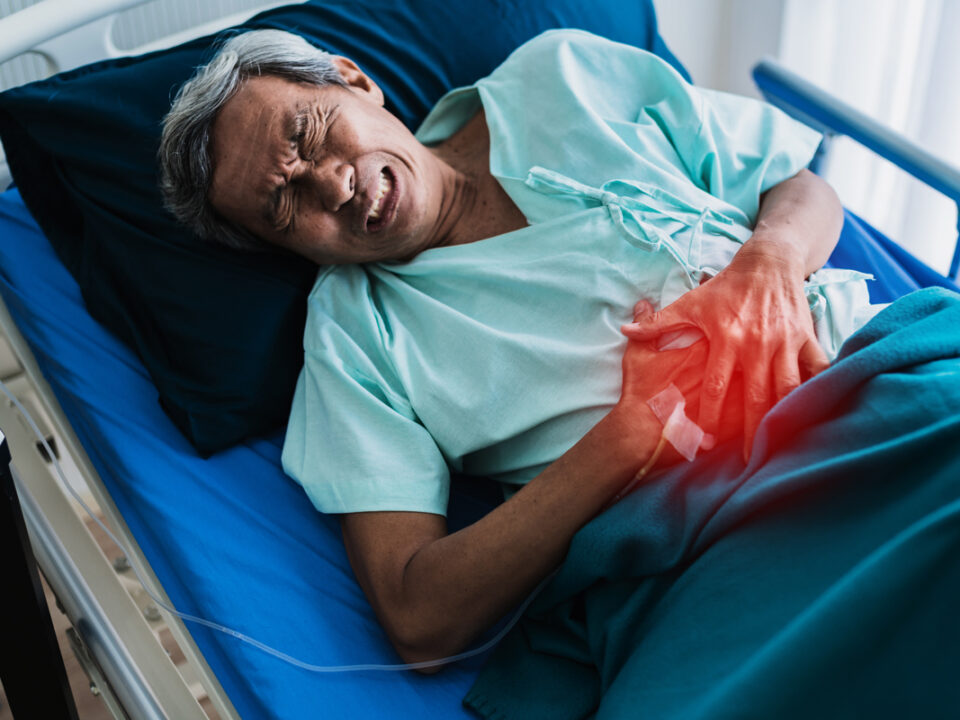
Role of Hyperbaric Oxygen Therapy (HBOT) in Concussion Recovery
23/03/2024
Hyperbaric Oxygen Therapy and its Role in Radiation Necrosis
23/03/2024A medical procedure known as hyperbaric oxygen therapy (HBOT) entails breathing pure oxygen in a chamber or room under pressure. It has historically been used to treat ailments including decompression sickness and wound healing, but its possible application to mental health—particularly depression—is gaining attention. According to research, HBOT may improve oxygen transport to brain areas, lower inflammation, and stimulate neurolinguistics, all of which may have antidepressant benefits. To completely comprehend its workings and ascertain its effectiveness as a depression treatment, more research is necessary. This is what HBOT India has to say.
Symptoms
From moderate to severe, depression symptoms might include:
- Experiencing sadness or depression
- Loss of enjoyment or interest in once-enjoyed activities
- Appetite changes, weight loss or increase unrelated to diets
- Inability to sleep or excessive sleeping
- Energy loss or increased fatigue
- Increase in pointless movement
- Sense of worthlessness or guilt
- Feeling of unease, anxiety or worry
- Sluggish speech, posture, or other body movements.
- Feeling of guilt or worthlessness, fixation on mistakes made in the past or self-blame
- Problem with memory, concentration, decision-making, & thought
- Thought of suicide, death, or other suicidal behavior regularly or repeatedly
- Undiagnosed physical issues such as headaches or back pain
- Having trouble focusing, thinking, or making decisions
- Suicidal or death-related ideas
Pathophysiology
It is unclear what the psychophysiology of major depressive illness is at its core. The emotional symptoms are thought to be caused by a complicated relationship between neurotransmitter availability, receptor modulation, and sensitivity, according to current research.
Clinical and clinical studies point to a disruption in serotonin (5-HT) function in the central nervous system as a significant contributing factor. Nor-epinephrine (NE), dopamine (DA), glutamate, and brain-derived neurotrophic factor are among more neurotransmitters that have been linked (BDNF).
The effectiveness of selective serotonin re-uptake inhibitors as a treatment for major depressive disorder raises the possibility that CNS 5-HT activity plays a role in the pathophysiology of the condition (SSRIs). In addition to increased neurotransmitter availability, research results suggest a function for neural receptor modulation, intracellular signaling, and gene expression throughout time. A type of serious depressive disease called seasonal affective disorder often develops in the fall and winter and goes away in the spring and summer. According to studies, seasonal affective disorder is likewise mediated by changes in 5-HT levels in the CNS and is thought to be brought on by changes in circadian rhythm and sunshine exposure.
Types of Depression
1. Bipolar Disorder
Bipolar disorder is characterized by alternating episodes of depression and mania (an abnormal elevation of mood) or hypo-mania (a distinct elevation of mood that is not necessarily abnormal).
2. Major Depressive Disorder
Major depressive illness is defined by severe symptoms that interfere with a person’s daily activities, frequently affecting the person’s ability to enjoy life, sleep, eat, or work. Major depressive episodes can strike anyone at any age, and they might happen only once or repeatedly throughout a person’s life.
3. Persistent Depressive Disorder
A major depressive episode may occasionally accompany the symptoms of persistent depressive illness, which remain for two years or longer.
Other Types
Other forms of depression include psychotic depression, seasonal affective disorder, and postpartum depression, each of which appears under conditions. Women experience postpartum depression in the time after giving birth. Anxiety, a lack of interest in rising the child, and emotions of despair, helplessness, or inadequacy are other symptoms.
Treatment
- Selective Serotonin reuptake inhibitors
- Anti-depressants
- Serotonin-Dopamine Activity Modulators
- Tricyclic antidepressants
- Monoamine oxidase inhibitors
Hyperbaric Oxygen as Effective Medicine for Depression
Hyperbaric Oxygen Therapy (HBOT) improve the amount of oxygen in the blood and tissues (hyperoxia) by delivering pure oxygen at high pressure (about 2-3 atmospheres). Being exposed to pure oxygen (O2) concentrations at high atmospheric pressures, sometimes known as hyperbaric oxygen therapy, is one form of treatment (HBOT). This pressure may be greater than or equivalent to 1.4 atmospheres (ATM), as per Undersea and Hyperbaric Medical Society (UHMS). Patients may only breathe in oxygen while constrained in an area with a minimum air pressure of 2 ATA for all current UH MS-approved usage. A pressure environment that is higher than the air pressures at the sea level is necessary for hyperbaric medicine to function. For hyperbaric oxygen therapy, a 100% oxygen delivery system and pressure chamber—which might be flexible or rigid—are necessary. A predetermined plan is followed by trained specialists who monitor the patient and adjust as necessary.
Nervous System Benefits of HBOT
Numerous health advantages of HBOT include improved mental clarity, less swelling or inflammation, athletic therapies, anti-ageing, and more. After HBOT, some people claim to feel focused and sharper mentally. Because elevated oxygen levels boost brain activity, which influences stem cells and neurotransmitters, hyperbaric oxygen therapy is regarded to be a successful method of treating depression. In the end, this assists in balancing brainwave activity, which balances the chemicals made in the brain.
In a recent study, the effectiveness of treating depressed individuals with HBOT plus escitalopram, a selective serotonin re-uptake inhibitor (SSRI) drug frequently prescribed to treat depression and generalized anxiety disorder, was examined. According to the study, patients’ cognitive function improved after four to six weeks of treatment.
Another study examined the impact of hyperbaric oxygen therapy on nerve function following incomplete spinal cord injury and psychological problems including depression and anxiety (ISCI). After eight weeks of therapy, the results demonstrated that HBOT dramatically improved nerve function and daily activity capacity while treating patients’ depression and anxiety at a level comparable to psychotherapy.
Gut macrobiotic targeted by HBOT to Treat Depression
Researchers discovered a substantial association between 18 metabolites and cyanobacteria. Significantly more concentrated in the metabolism of d-amalgamate and d-glut amine were the metabolites linked to cyanobacteria. HBO group and the combined group used hyperbaric oxygen. In the small animal HBO chamber, sodium lime was placed at the bottom to absorb CO2, pure oxygen was used to clean the chamber and then to raise the interior pressure to 0.2 MP for 60 minutes (pure oxygen was also used to ventilate the chamber for 10 minutes during this time), and 5 minutes were needed to return the pressure to normal. 22, 30 21 days were spent receiving treatment. 31 The model group was placed into a box that was another chamber while the mice were given HBO treatment, but the chamber gate was left open, and no pure oxygen was provided. By modifying Cyanobacteria-associated metabolites, hyperbaric oxygen reduces depressive-like behaviors in chronic stress model mice.
A case study of 39 US patients with mild traumatic brain injuries was also evaluated using HBOT. Forty sessions were needed for an HBOT therapy course. For a total of 20 days, only on Mondays through Fridays, there were two sessions where 100% oxygen was delivered at 1.5 atmospheres for 90 minutes each day. Patients’ symptoms of traumatic brain damage improved after receiving HBOT.
HBOT has been suggested as an additional treatment for Parkinson’s disease (PD). The gradual loss of dopamine neurons in the substantial nigra pars compacts (SNpc) is a characteristic feature of Parkinson’s disease (PD), a demonstrativeness disorder. Male C57BL/6 mice were randomly assigned to three groups: MPTP group, MPTP+HBOT group, and control. Every four hours, MPTP (20 mg/kg) was injected internationally to the animals under treatment. Mice with the HBOT mutation were treated with MPTP, and starting the day after the treatment, they were exposed daily for seven days to 100% oxygen in hyperbaric oxygen at 2.5 atmospheres absolute (ATA). HBOT may be helpful in treating Parkinson’s disease because it increases mitochondrial bio-genesis, reduces apoptotic signaling, and attenuates inflammatory mediators in the midbrain.




